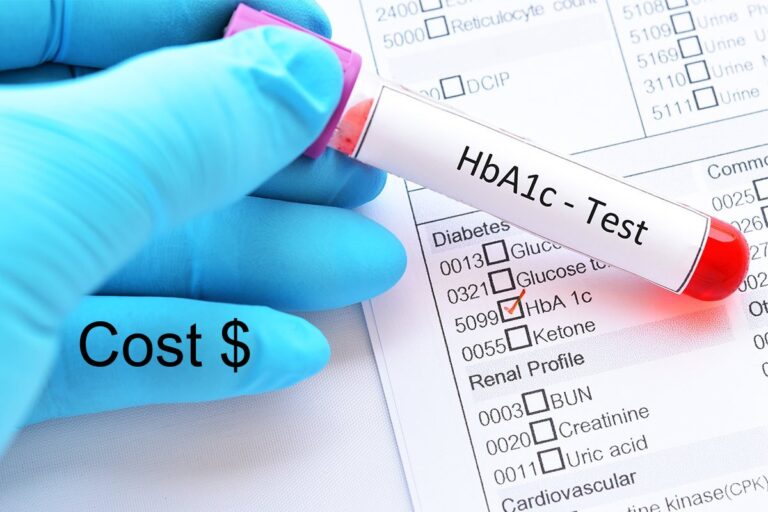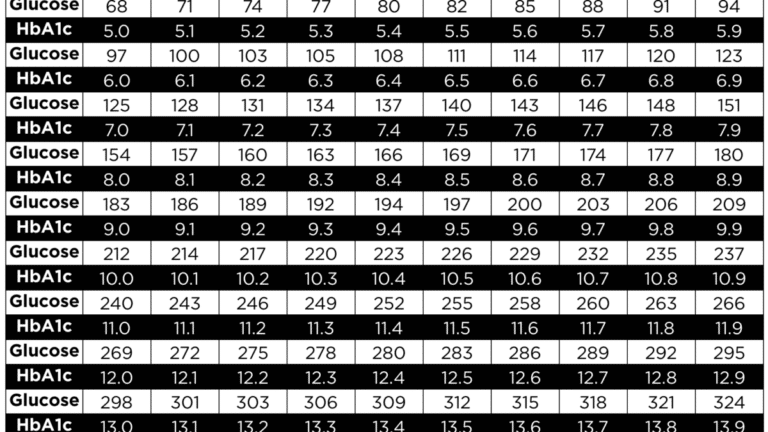Effective Strategies for Managing A1C in LADA
Learn about the effective tips for managing A1C in LADA. Learn the best strategies to keep your levels in check!
Managing A1C in LADA
Understanding LADA Diabetes
Alright, let’s dive into Latent Autoimmune Diabetes in Adults, or LADA for short. Think of it as diabetes that sits somewhere between Type 1 and Type 2. We call it “type 1.5” because, similar to Type 1, our immune system decides to mess with the insulin-making cells in the pancreas, launching an attack. Only, this form of diabetes is sneaky. Diabetes 1.5 creeps up on us over months, even years, instead of showing up with a big bang like Type 1 often does (Mayo Clinic; WebMD).
Keeping an eye on our A1C levels is our secret weapon for wrestling LADA into submission. This A1C test, sometimes called hemoglobin A1C or HbA1c, takes a peep into our average sugar levels over the last couple of months. It’s an important tool for sizing up and managing any diabetes, LADA included. Feel free to tap into our vast resource on a1c test for lada patients for some extra wisdom.
Treatment Approaches for LADA
Taking on LADA isn’t a one-size-fits-all gig. It’s a mix of strategies suited perfectly for this diabetes type. Considering LADA comes with a progressive glitch in insulin production and skips out on the usual suspects seen in metabolic syndrome found in Type 2 folks, we need custom-fitted game plans.
Insulin Therapy
At the heart of managing A1C in LADA is getting insulin therapy on board, pronto. It’s all about getting the sugars in check, shielding those precious β-cells, and taming the immune response. Jumping into insulin early isn’t just smarter — it’s peace of mind, ensuring we hold the reins on those metabolic processes safely (PMC).
Let’s peek at how insulin brings its A-game across different diabetes:
| Diabetes Type | Insulin Therapy Highlights |
|---|---|
| Type 1 Diabetes | Keeps sugar on a leash, staves off ketoacidosis |
| Type 2 Diabetes | Backs up pills, controls the sugar spikes |
| LADA | Early bird gets the worm, shields β-cells, locks in metabolic stability |
Genetic Factors
Got genes? Well, they’re a biggie in LADA. Folks with LADA show genetic traits friends with both Type 1 and Type 2, yet the differences are crystal. LADA is less chummy with HLA-DQB1 and PTPN22 genotypes, unlike folks who find out they’re Type 1 post the big 3-5 (NIH).
If sorting genetic riddles and their dance with A1C in LADA sounds like your jam, hop on over to our detailed piece on understanding a1c results in lada.
Let’s stick to these initial management steps, groove into early insulin therapy, and keep our A1C levels from going haywire. We’re all about grabbing control over LADA and living life our way.
Strategies for A1C Management
We’re diving into the nitty-gritty of A1C control in folks with latent autoimmune diabetes in adults (LADA). Unlike other forms of diabetes, managing this requires a blend of tactics that fit its peculiar profile. Hang tight as we walk you through the starting steps and the switch to insulin when the road gets bumpy.
Initial Management Steps
So, you’re fresh out of a LADA diagnosis—what now? Well, the go-to moves involve oral diabetes meds. Usually hitting adults between the ages of 30 and 50, LADA needs early attention to keep blood sugar gremlins in check and slow down the disease train.
To catch LADA red-handed, tests like the GAD Antibodies and C-peptide are essential. The GAD Antibodies Test sniffs out rogue antibodies messing with pancreatic cells, while the C-peptide test sizes up your insulin production game.
Curious about how A1C jogs up and down in LADA? We’ve got a whole spiel on that in our piece on a1c levels in lada diabetes.
| Oral Medication | How Long It Works |
|---|---|
| Metformin | Good for a few years, usually |
| Sulfonylureas | Not a long-term pal—typically need insulin in around 2 years |
Transition to Insulin Therapy
As time goes on and LADA really stakes its claim, insulin production starts taking a nosedive, and insulin therapy steps up as the next hero on the scene. Jumping into insulin early can seriously help keep things balanced and might even win you some brownie points in the health department later on.
Insulin isn’t just there for glucose control; it’s a protector of those precious beta cells and even plays a part in calming the immune system. Finally, if sulfonylureas are your starter pack, expect a quicker shift to insulin, often within a couple of years.
| Medication Type | When You’ll Likely Need Insulin |
|---|---|
| Sulfonylureas | Around 2 years for 60% of patients hit the switcheroo |
| Metformin | A bit more unpredictable, timelines vary |
Balancing LADA means juggling meds and tweaking lifestyle habits. For those moving over to insulin therapy, keeping tabs on your A1C numbers is crucial. Our handy guide on interpreting a1c readings in lada has you covered.
Being on your toes with LADA means holding your A1C fortress firm. Want to get a grip on managing and reading your A1C scores like a pro? We’ve laid it all out for you in our guides on a1c test for lada patients and understanding a1c results in lada.








Leave a Reply